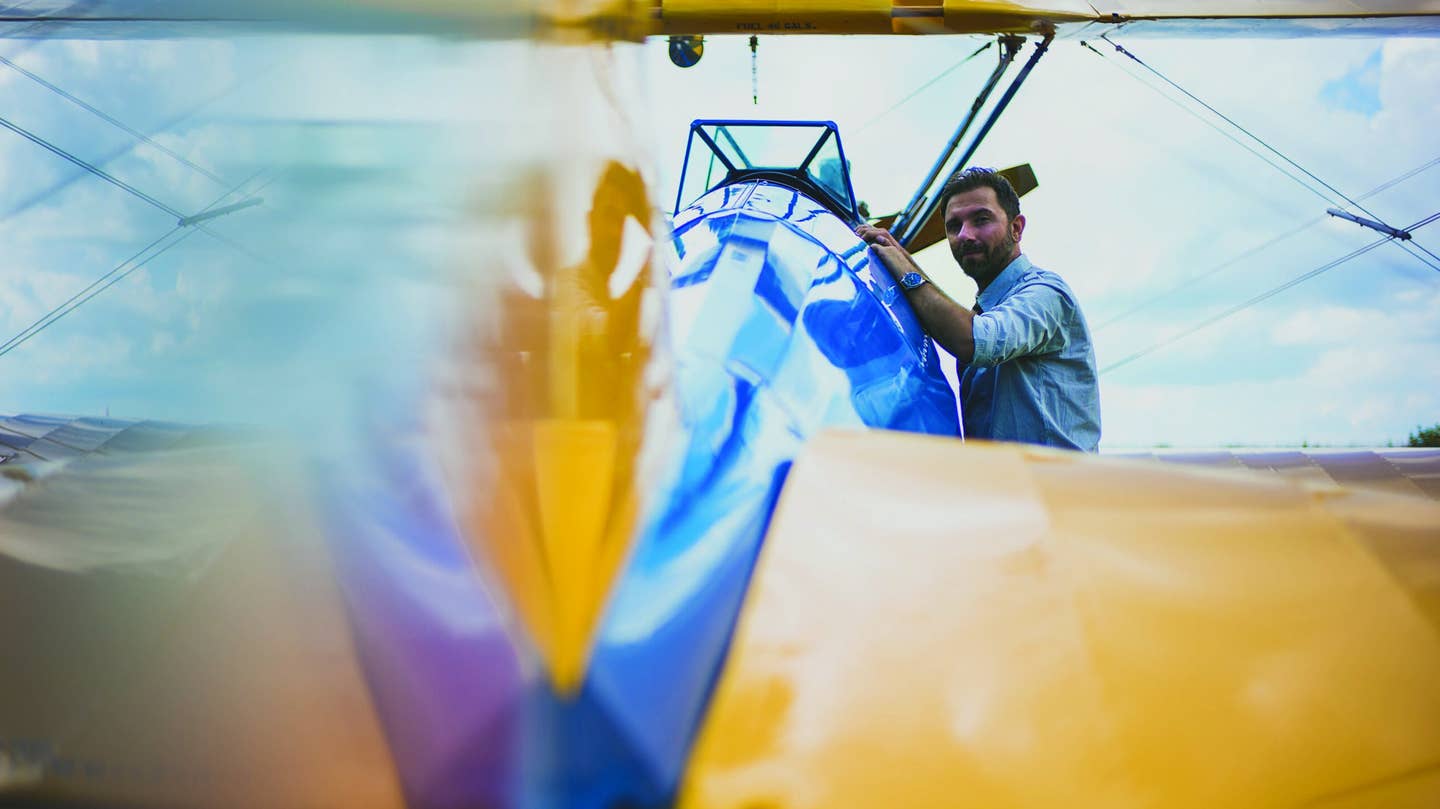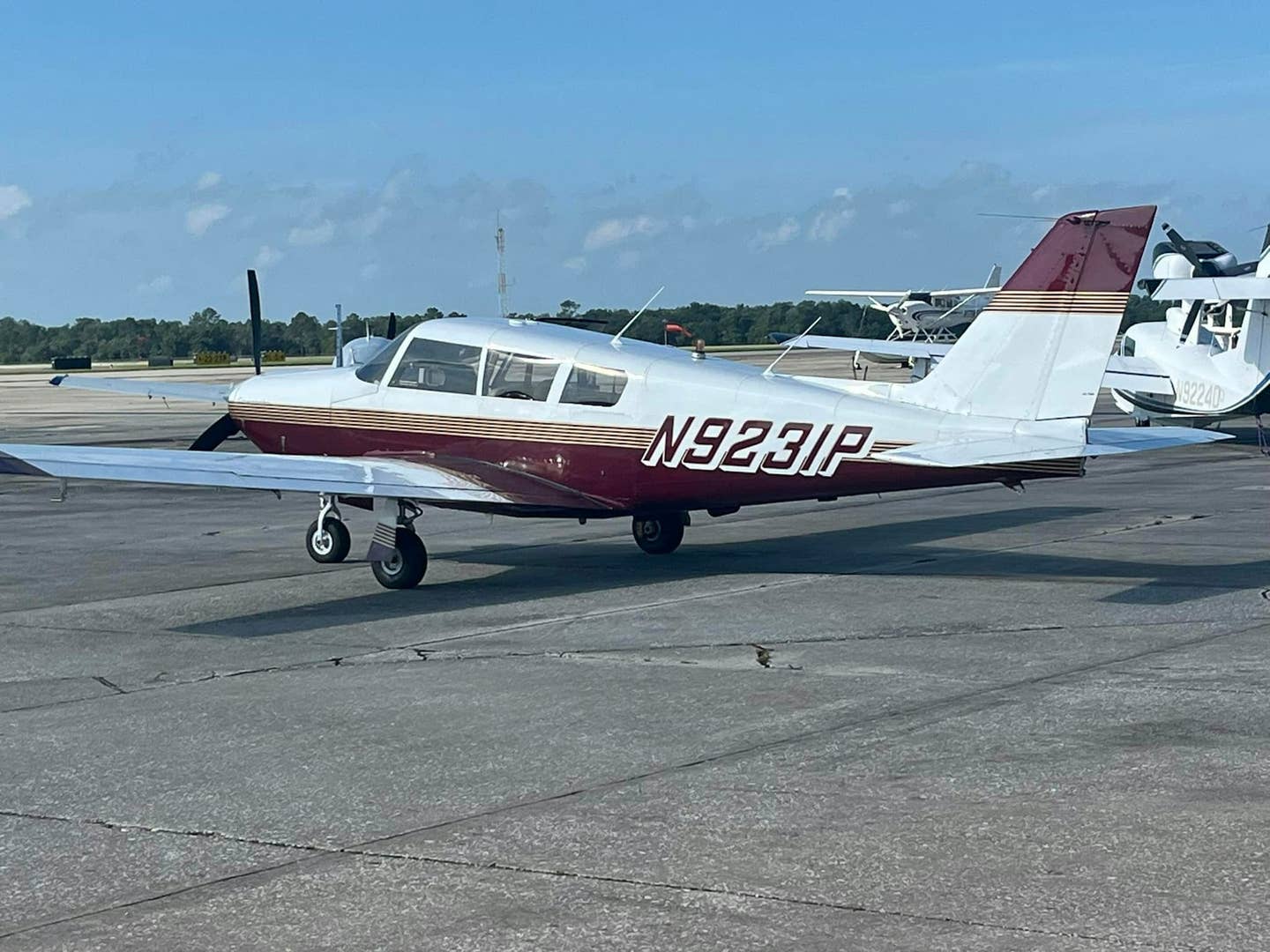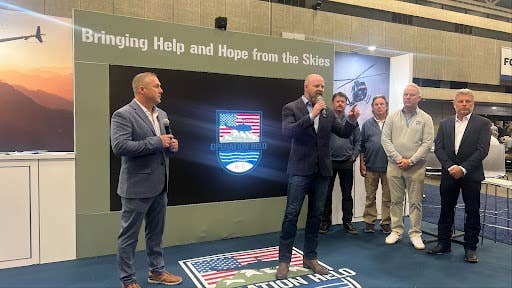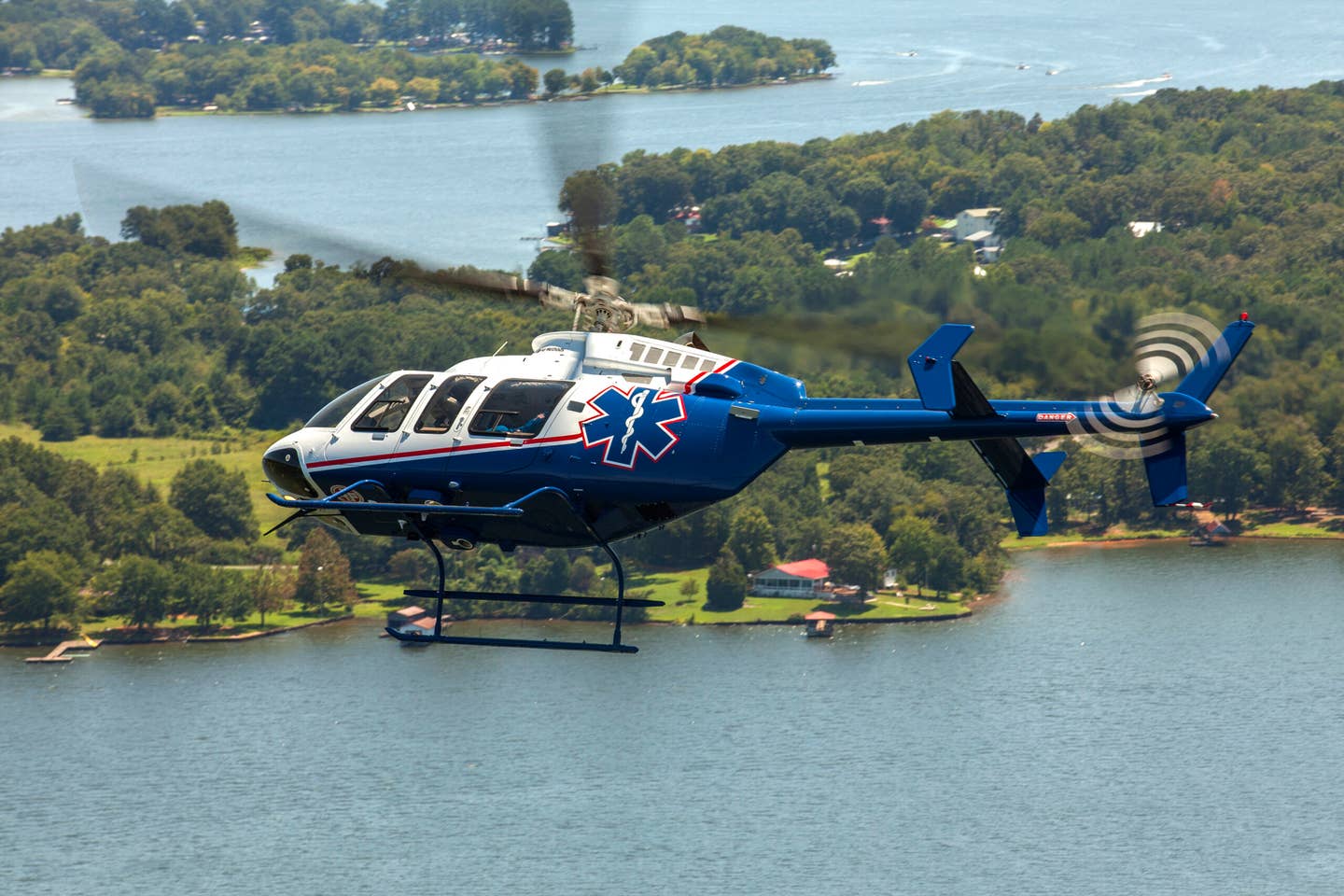
While I scribble this on a grocery sack from the back seat of a 172 and gaze at the lush, green ridges and valleys south of London, Kentucky, I'm thinking these hills and "hollers" probably look the same as when Daniel Boone and the settlers came through the Cumberland Gap just east of here. Even now it's mostly unspoiled if you can ignore the strip mines and the huge, ugly wounds where machines have lopped off entire mountaintops to claw at the coal. I lean socially and politically pretty far right of Genghis Khan, but I still believe every American should see the Appalachians from an airplane at 5,500 feet before being eligible to vote.
We're on a Cub quest, and I'm musing that it's the latest in a lifetime of Cub quests. This chapter opened when I met the pilot, David Cain, whose family farm, Cain-Tuckee Acres, has a nice grass strip with two hangars just 10 minutes south of Cincinatti's Lunken Airport, in my 180.
The runway is smooth Kentucky bluegrass on a mild grade, not real wide but more than 2,000 feet long with a good approach. That it lies under the 1,200-foot floor of the Cincinnati Class B airspace speaks to my "I'm an American so don't tell me where I can't fly my airplane" mentality. The big guys from Atlanta emasculated their hub operation at CVG, and one would expect the "B" might shrink to a "C" or, better, just go away. But thinking the FAA would downsize because traffic no longer supports the need is far too logical. It really doesn't matter because the Cub, originally certificated without an electrical system and never modified, is legal to fly deaf and dumb under the airspace floor. And come to think of it, why would you want to get higher than 700 feet in a J-3 anyway?
Earlier in the year David crossed the Ohio River into Yankee territory for his private pilot check ride at Lunken in this same elderly, venerable 172. He confessed he also owned part of some sport pilot flivver and I sent him home convinced he needed a J-3 Cub instead. Purely coincidentally, I needed a Cub that lived closer than Piqua, Ohio, and David had the perfect spot.
My most recent but fading Cub venture was a minority piece of Cub 313 with Jim Brown at Hartzell Field, about 85 miles north of Cincinnati. This is glorious mid-Ohio farmland and true Cub country. Plus the hangar was free and Mark Runge, Hartzell's chief mechanic, propeller fixer and Cub pilot extraordinaire, maintained the airplane. So for a sweet six or seven years I'd fly the 180 north and jump in Cub 313 to shoot landings at Mad River or hang out at Urbana Grimes Field for breakfast. And sometimes I'd leave the 180 hostage to sneak the Cub home to Lunken for a few days.
Jim, until recently CEO at Hartzell, was the heart and soul (emphasis on soul) of the propeller company as well as an accomplished pilot. After graduating from MIT he married his high-school sweetheart, fathered the first of six kids and then joined the Navy, where he learned to fly SNJs at Pensacola. For the next four years he flew the Navy's first jets, Panthers and Demons, off straight-deck carriers in the Pacific. Jim strongly believes that aviation companies like Hartzell should be about aviating, and he flies the company's TBMs, an SNJ, a Bonanza and assorted other stuff.
So I talked him into buying a Cub (there must be a pattern here). He found it to be a no-brainer in the grass but then confronted the challenge of landing with some degree of elegance on concrete. Soon he and Mark were flying it -- a lot -- and my days of sneaking it home were over.
The final straw happened when Hartzell president and Jim's son, Joe Brown, began to suspect that there was more to flying than pointing his SR-23 somewhere and punching buttons. After some taildragger dual at Red Stewart Field, Joe announced that he'd also be flying Cub 313, even though he thought Champs were clearly better airplanes.
You need to understand about a fundamental, genetic difference in pilots. We emerge from the womb either Cub persons or Champ persons. It's innate, unchangeable and resides in some primitive area of the brain stem.
So here I was braving 85 miles of FAA-infested airspace to get to Piqua. And to be honest, Cub 313 has some real handicaps: It's actually a PA-11 with a 17-gallon wing tank and, worse, an electrical system. Mark had cleverly hidden the radios and switches from casual view, but sadly, it had a generator powering radios, lights and a starter. The jugs didn't stick out through the pressure cowling like a real Cub, and, dear Lord, now there'd be a partner who preferred Aeronca Champs.
It was clearly time to bail.
David Cain was the deus ex machina who magically solved the dilemma of how I could buy a Cub when I couldn't afford another hangar. This one he found in Gatlinburg, Tennessee, had good fabric and only 10 hours on a C-85 but its provenance was, well, interesting. There'd been 19 owners, an era of lost logbooks, several years' sojourn in Florida and a recent unreported prop strike. Mark had to be at his son's soccer game when we went to "Dollywood" for the pre-buy, but he told me to look it over long and hard and try to bring the maintenance records back. I thought it looked fine, maybe not a creampuff but at least a B-plus, and it flew fine. I wheedled the logbooks away from Roger Flenniken, which is like asking for somebody's first-born child, and Mark pronounced them a mess but complete and AD compliant.
I liked Roger Flenniken a lot (he calls me "young 'un"), but I smelled a horse trader under that good-ol'-boy-retired-airline-pilot-who-just-loves-to-restore-and-sell-airplanes persona. So I told David, the financial expert, we needed to do the good-cop-bad-cop thing. While I gushed all over the airplane (and Roger) David should try looking critical and frown a lot while jotting stuff in a notebook. Then we'd shoot Roger a really lowball figure and start negotiating.
It didn't work, but you gotta try, right?
Without a current husband or any kids I could remember, and since the engine had only 10 hours since a major, I heroically flew the first leg over the hills alone. It was perfect heaven, skimming the ridges with my finger on the sectional and, well, maybe an occasional glance at the 396. At London, we topped the 12-gallon nose tank, and Danny Bridges climbed in the back. Danny, a cop and student pilot, is a pretty hefty guy, and friends don't put even small friends in the front seat of a Cub for two hours. I think it was the same day, getting near sunset, when we arrived at Gene Snyder Field at Falmouth, Kentucky, for fuel and I thought seriously about stopping there. Nah, we had light and Danny knew how to find David's farm even though the batteries on the handheld and the 396 had long since died.
So we took off and wandered around northern Kentucky as fog started forming in the valleys. I hate fog and the voices in my head were getting louder, but then Danny yelled, "There's Kroger's and see the cell tower? The strip's just to the right."
David's truck was parked on the left side at the threshold with headlights on so we came around after one low pass. The three-point landing was unremarkable and we came to a quick stop. Now, a prudent person would have shut it down and walked the airplane to the hangar because, from the front seat of a Cub in that attitude and pointed uphill, you can't see squat. But prudence isn't high on my list of virtues. S-turning in the misty, fading light, I zigged when a zag would have been a whole lot better. The bump on the left wing wasn't violent. We thought it must be a low tree or bush instead of another truck parked at the slight runway dogleg I'd forgotten about.
Well, even though it was minor-ish damage to the wing and truck, it was major, major damage to my ego. Yes, I reported it to the feds like any upright citizen-pilot who realizes somebody will rat on them sooner or later any-way. That wasn't hard but, gee, I would rather sell my child than hurt a Cub ... which is probably why God didn't let me be a mother.
But, as I learned early on at Mother of Mercy Academy, all things work for the good.
I arrived early next morning to duct-tape the wing together and fly the airplane to Piqua so Mark could start working his magic on the repair. But my airplane rebuilder friends Bobby Strunk and Tom Schaefer had beat me to the hangar and threatened to duct-tape me if I didn't listen and obey (also not high on my dwindling list of virtues). We pulled the wing and trailered it to Piqua, and then Mark called that night.
"You must live right."
"Yeah, sure."
"No, I mean it. I peeled the fabric back. You need to see the aileron hinges." (Note: Since these are covered by the fabric they're invisible on a preflight, and hidden behind the rear spar even if you remove the inspection plate covers).
"There's major, major corrosion. Two of the three hinges are rusted through and the third isn't hanging on by much more than the fabric. That aileron was about to separate and, except on YouTube, you don't recover when that happens."
So I guess this wasn't my time. I'm truly thankful that nobody else would get hurt (or worse) when we lost an aileron cutting toilet paper or doing wifferdills. And I'm thankful that I get to keep flying Cubs and DC-3s and 180s ... and writing my stories for Flying magazine.

Sign-up for newsletters & special offers!
Get the latest FLYING stories & special offers delivered directly to your inbox






